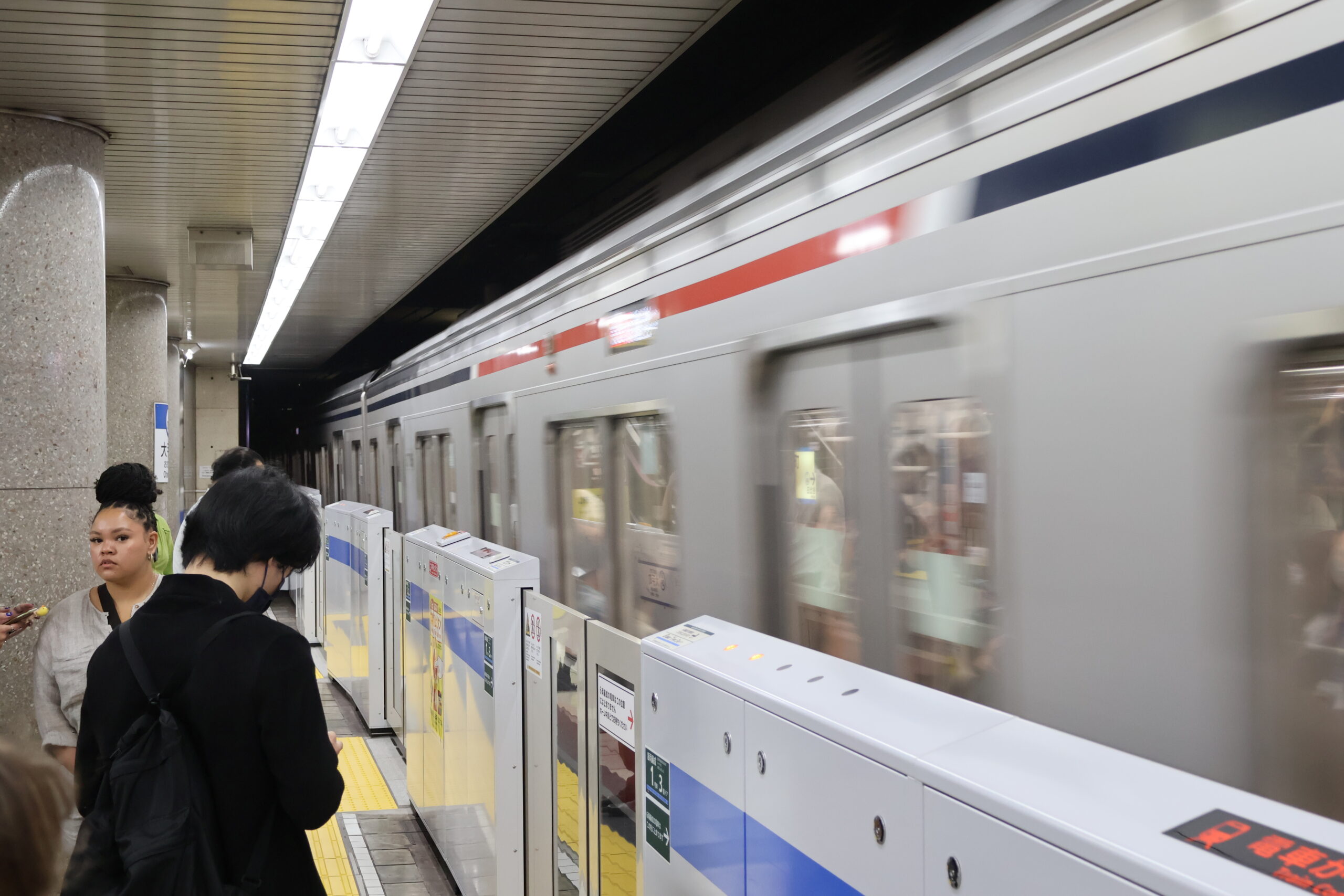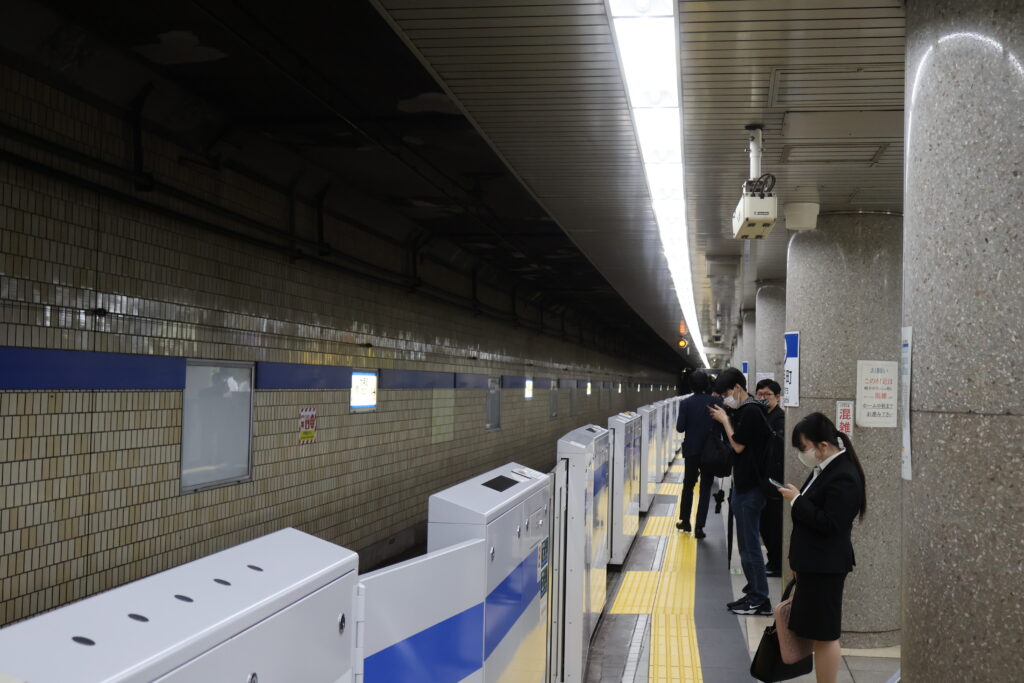
A train passes through a subway station in Tokyo.
One of the most well known facets of Japanese society is its prestigious subway systems. There is, however, an incredibly unique quirk that only people who’ve been to Japan will know.
As the trains prepare to depart, and just before the doors slide closed, the passengers are treated to music. These songs are composed specifically for each train station, and some include references to anime, folklore and even old ad jingles.
Originally introduced to the public by Keihan Electric Railway in late 1971, hassha merodi, or launch melodies, were, initially, simply ringing bells to indicate a train’s arrival or departure. It wasn’t until the late 1980s that the more intricate musical alarms were introduced.
These songs are relatively short, lasting anywhere from two to 15 seconds. They mostly consist of soft bells and piano. This makes the sound of the music stand out against the shuffling and bumbling on the train, while ensuring guests aren’t startled when they hear it. While the jingles are playing, the doors to the train won’t close, so they also serve as a last call for passengers to get on board before departure.
“People know the doors won’t close while the music is playing and it gives comfort to people,” said Minoru Mukaiya, who composed 170 of these songs.

So who is Minoru Mukaiya? The South China Morning Post called him “Japan’s most heard – but least known – musician,” although he is much more than that. On top of his impressive catalogue of jingles, he was the pianist for the jazz band Casiopea. The group has an astonishing 46 albums, released between 1987 to 2017. They have over 400,000 monthly listeners on Spotify. Undoubtedly though, Minoru has transcended this number with his jingles. Estimates place daily travelers on the Japanese subway system anywhere from six to 12 million passengers, and each one of them listens to Minoru’s works, even if most don’t know his name.
These jingles are also unique from station to station. This allows frequent passengers to simply listen to the tune for their stop. This also gives visually impaired passengers another way to recognize what area they’re in.
Furthermore, if the songs are compiled line to line in numerical order, they create a complete song. This is why the lines with more stopping points typically will have shorter jingles: the song is being split up into more and more pieces. Additionally, some of the pieces have variations, which change based on time of day, or if it is the last time that the train is going to run its course for the day.
Here you can listen to the compiled version of JR Chuo Line 1.
Here are some YouTube links more of the compiled jingles:
- JR Chuo Line (Rapid) Train Departure Melodies- https://youtu.be/jXbgxn1JwTY?t=20
- JR Keihin Tohoku Line・Negishi Line Train Departure Melodies- https://youtu.be/Lgv6h7xb5gE?t=17
- JR Chuo-Sobu Line(Local) Train Departure Melodies- https://youtu.be/W5W7crXBGZM?t=14
- JR Yamanote Line Train Departure Melodies- https://youtu.be/7c_TmELfuZo?t=16
Some of these songs are set apart even further by incorporating the surrounding area into its piece. For example, the Takadanobaba Station on the Yamanote line incorporates the main theme of the anime Astro Boy into its jingle. This is because the area is considered the birthplace of the character. Originally, this was going to be a temporary change; however, the public fell in love with the idea and it has remained since. Similarly, Ebisu Station plays a melody that comes from old advertisements for the beer Yebisu, because it used to be brewed there.

This feature isn’t reserved to local lines entirely. The shinkansen, or bullet train, also have their own songs. The only difference between the two is that the bullet trains don’t get differing songs per station.
The songs have become such a mainstay in Japanese culture that the creator has gained a cult following. For the few who do know his name, Minoru and his launch melodies sell merchandise, ranging from CDs with the compiled songs, to clothes and stickers. He has also gone on tour several times, playing the train jingles for his adoring fans.
The hassha merodi serve as a perfect encapsulation of the Japanese subway systems. They’re quick, enjoyable and they keep passengers on schedule for their busy lives.







